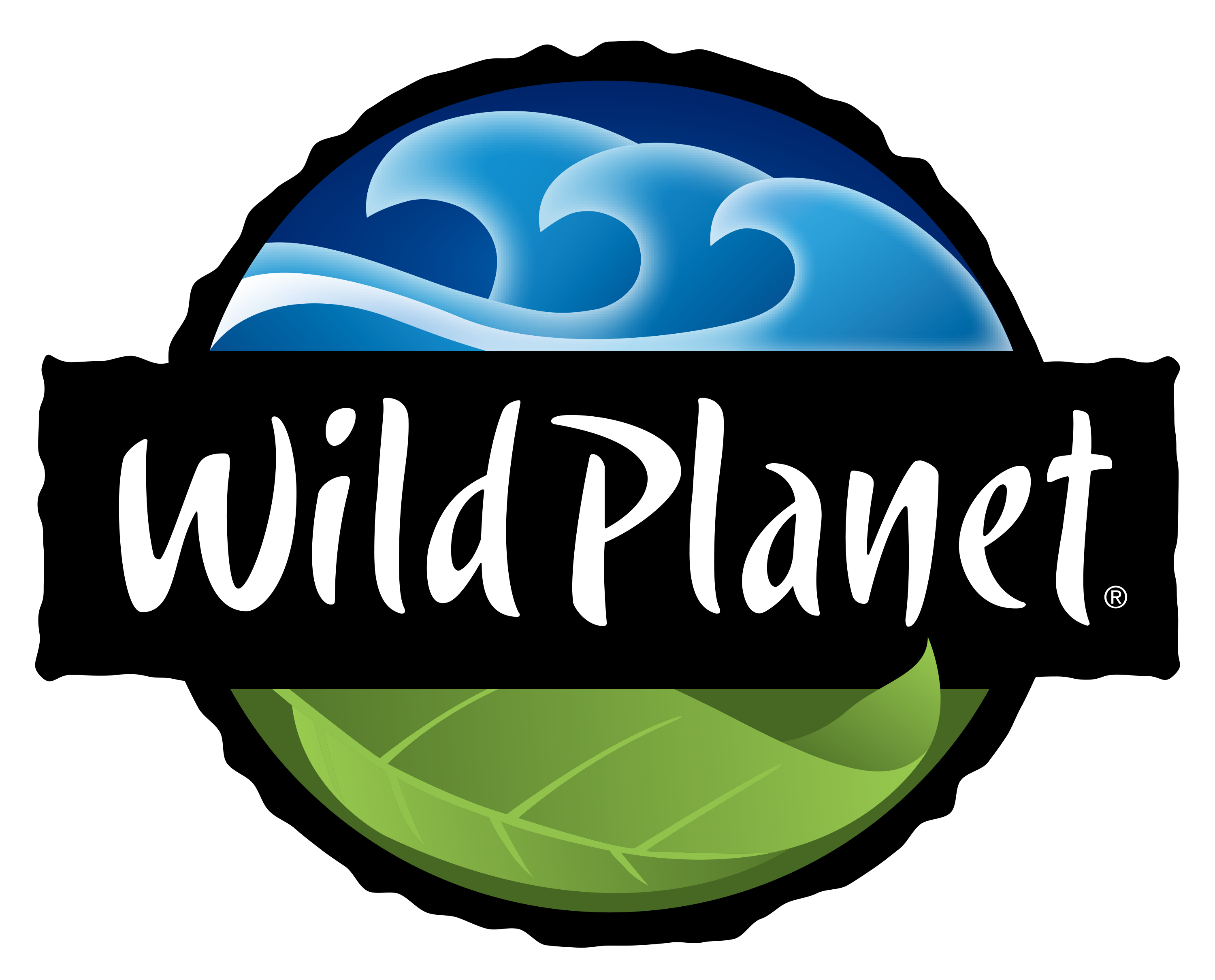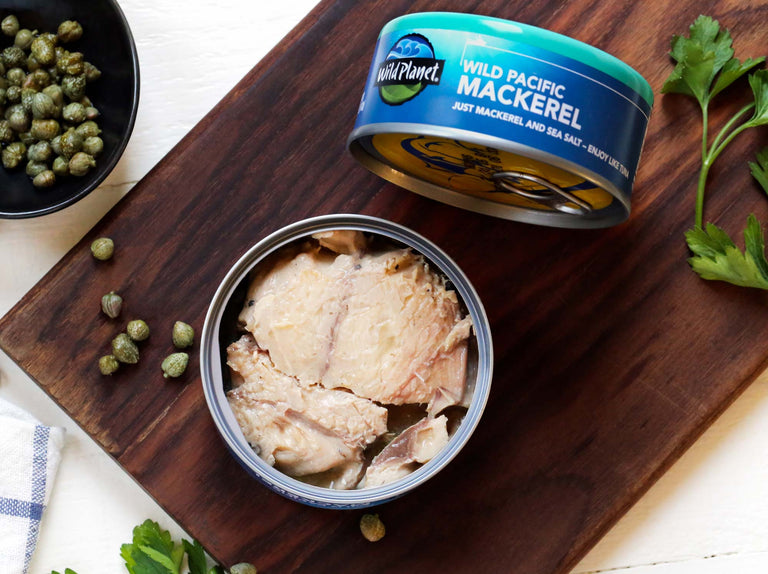
Seafood: From Catch to Can
- We partner with small-scale fishermen using 100% sustainable fishing methods
- The fish are mindfully & respectfully handled to minimize harvest trauma
- Dockside affiliates assess the fish to ensure Wild Planet’s rigorous quality standards through composition and temperature verification
- Our seafood is minimally processed to ensure incomparable flavor and retention of essential nutrients.
- Our partnership with Trace Register means we can track your fish from catch to can to your local store.
Once-Cooked vs. Twice-Cooked Processing Methods
Hand-cut tuna steaks are packed into cans and cooked just once in their own juices, capturing all of the natural flavor and nutritious EPA and DHA Omega-3s.
-
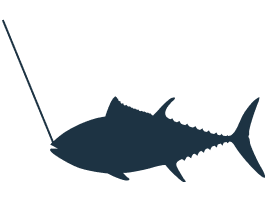
Wild tuna is sustainably pole & line caught.
1

Frozen
The tuna is immediately frozen aboard the boat, and then transferred to our processing facility.
-
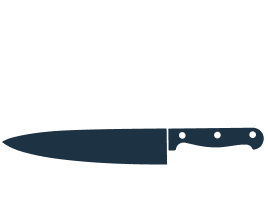
Tuna loins are cleaned, trimmed and hand-packed into cans or pouches with a touch of sea salt.
2Cooked Only 1X
Tuna is cooked just once in its own packaging, capturing all the natural flavor, juices and nutritious Omega-3 oils.
-

The shelf stable packages are labeled and transported to market.
3
Yields 100%
When opened, the natural juices are mixed back into the tuna. 100% of contents are usable.
-

Wild tuna is caught by mostly unsustainable methods.
1
Cooked 1X
The tuna is frozen aboard the boat and transferred to a processing facility where it is fully cooked on oven racks, losing many nutrients.
-

Cooked whole fish are cooled and sprayed with fresh water mist before being machine packed.
2Cooked 2X
Up to 35% additional liquid must be added to cooked tuna. Packages are sealed and then cooked a second time to be shelf stable.
-

The shelf stable packages are labeled and transported to market.
3
Yields 70% Approximately
When opened, the added liquids are poured off and only 65-70% of the original weight is usable.
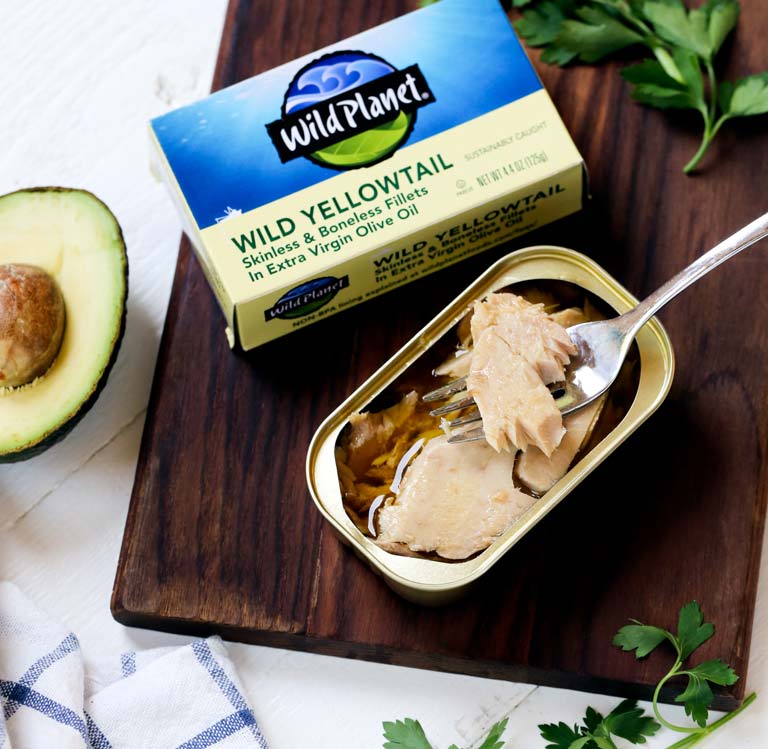
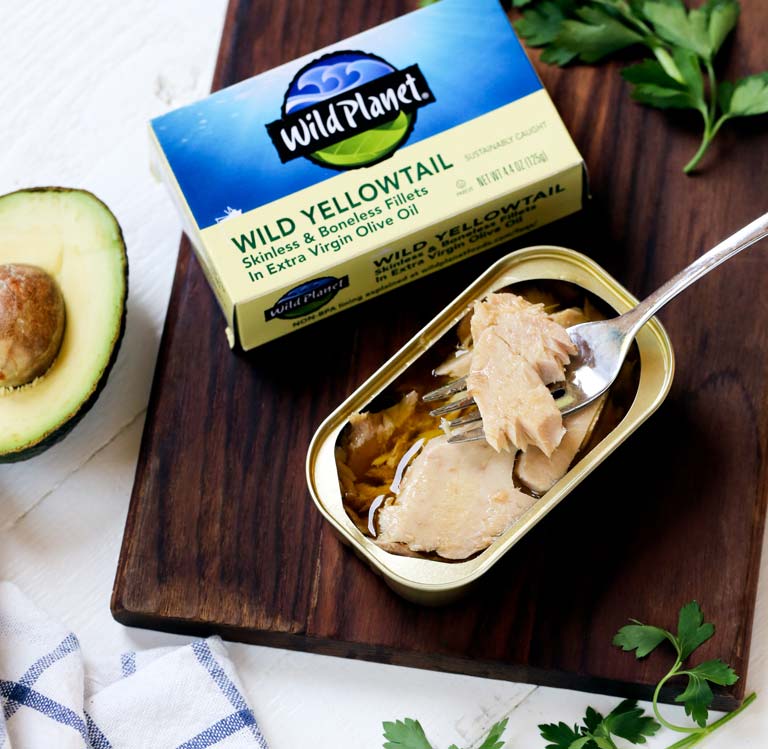
The Craft
We hand-cut and hand-pack our products with the utmost care and consideration to maintain the purity and pristine nature of our superfoods. Our simple, pure ingredients are so delicious you can eat Wild Planet products straight from the can.
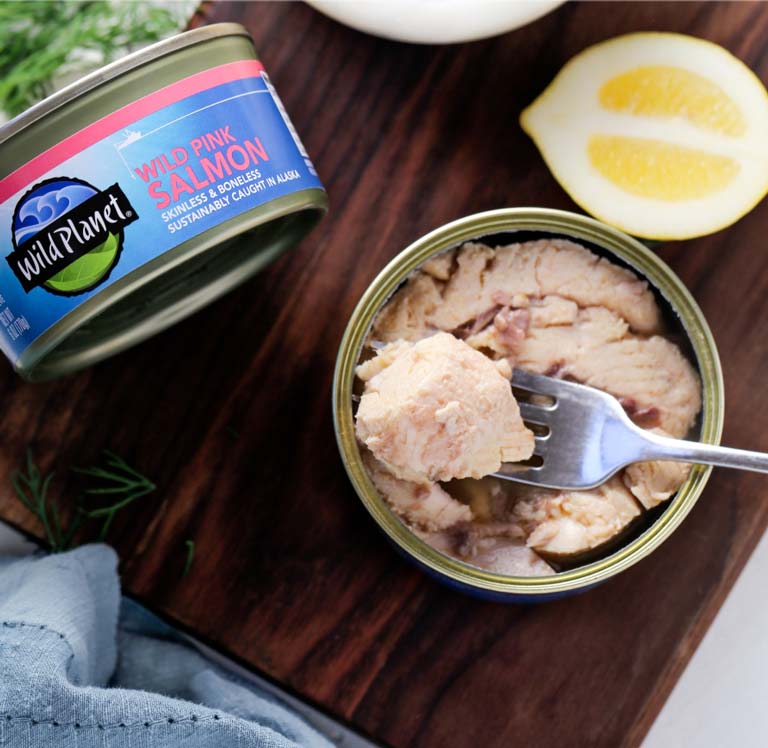
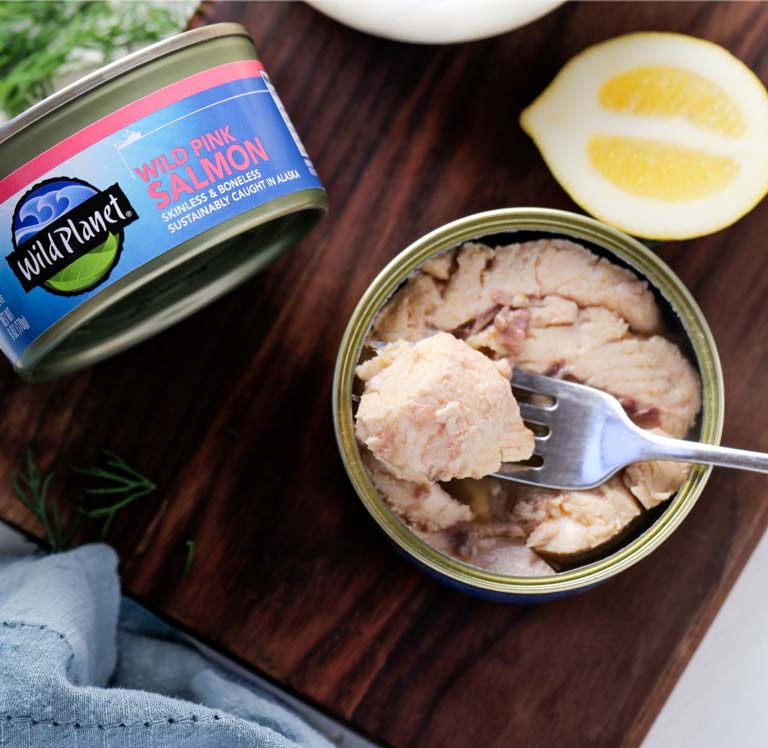
Sustainable Packaging
Our canned seafood products are packed in aluminum or steel cans which are easily recyclable. Most aluminum cans are recycled back into circulation in 60 days.* Also, Wild Planet’s products are packed in cans that do not have the intentional addition of BPA.
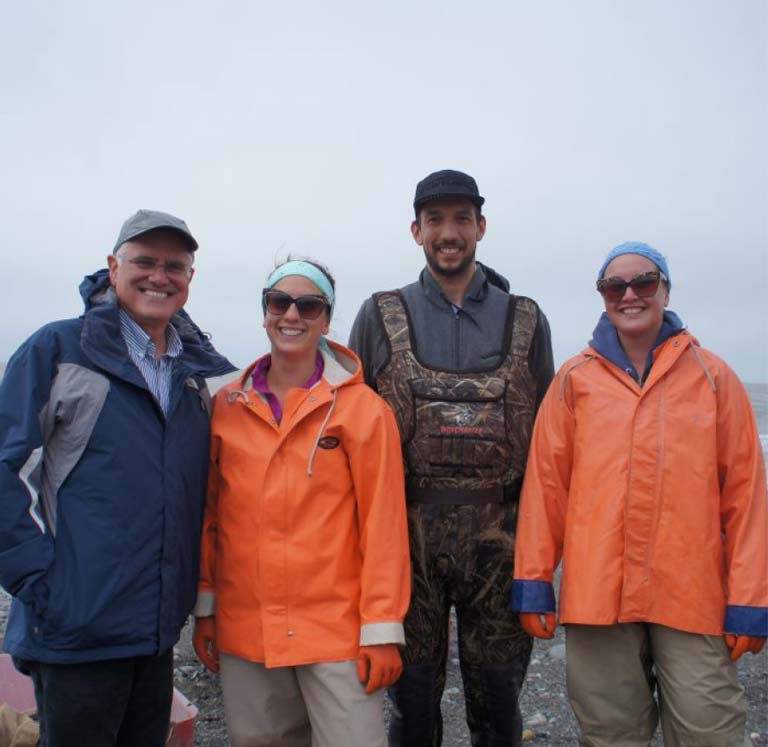
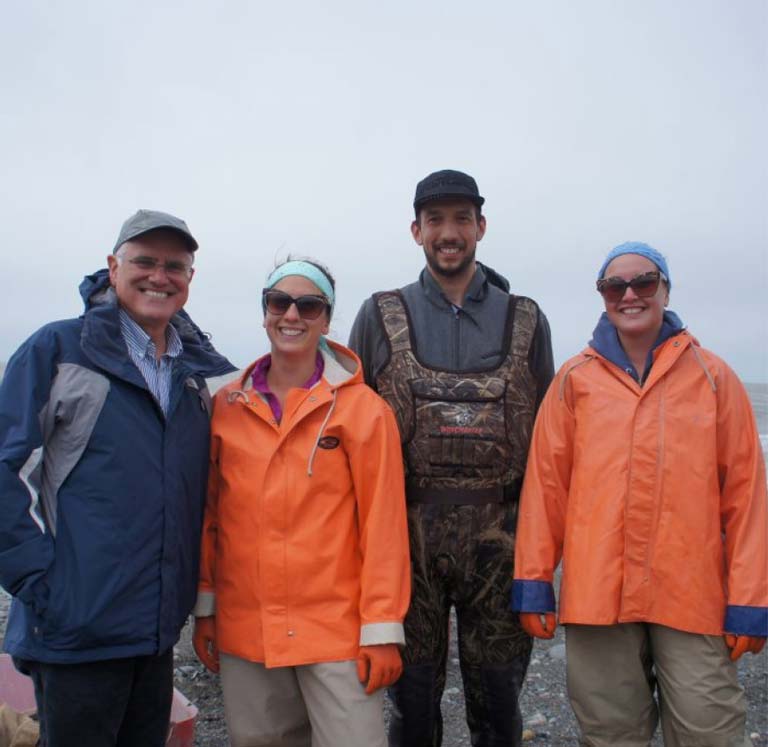
What Does it Take to Make a Can of Salmon
One of the best, and surely the most convenient, ways to enjoy wild salmon is to simply open a can. We visited our salmon cannery partners in Bristol Bay, Alaska and gained a newfound appreciation of what is required to bring us this amazing food.
